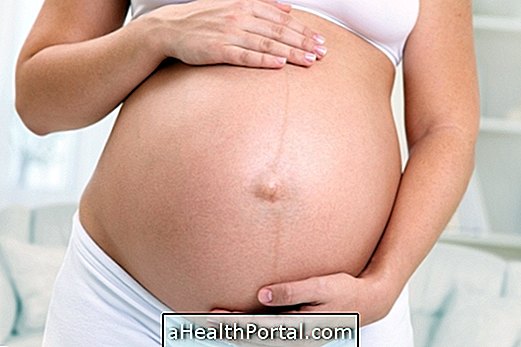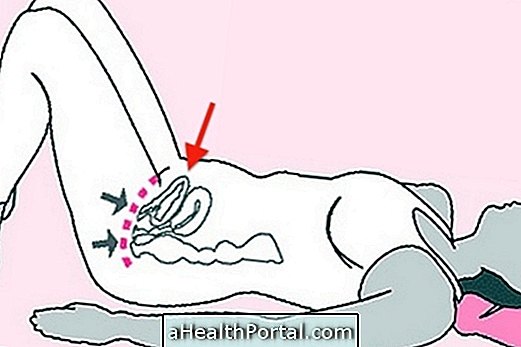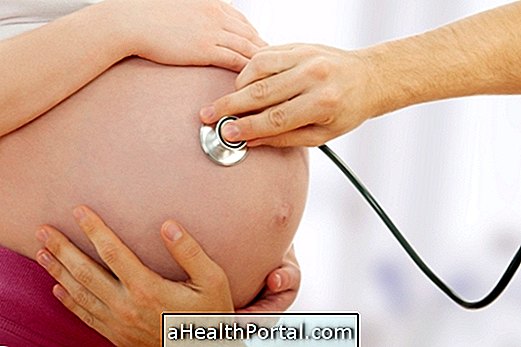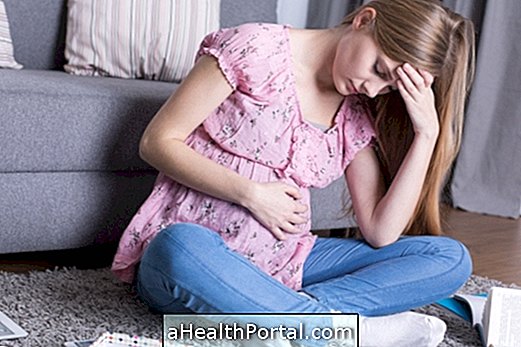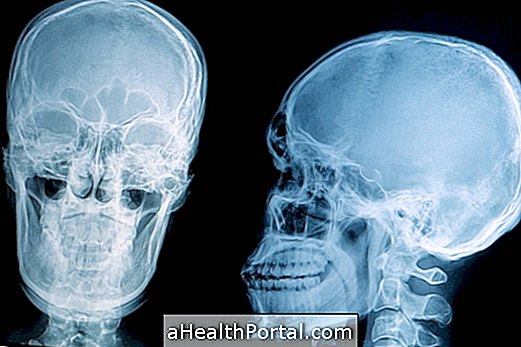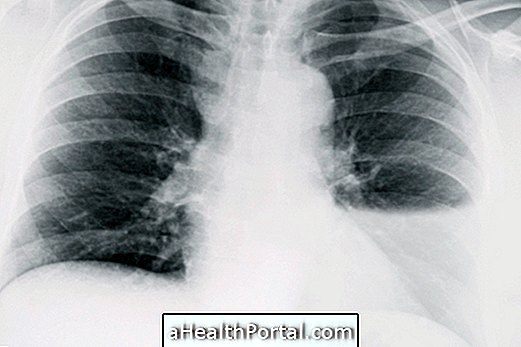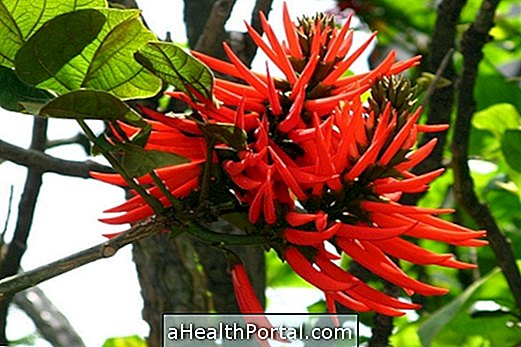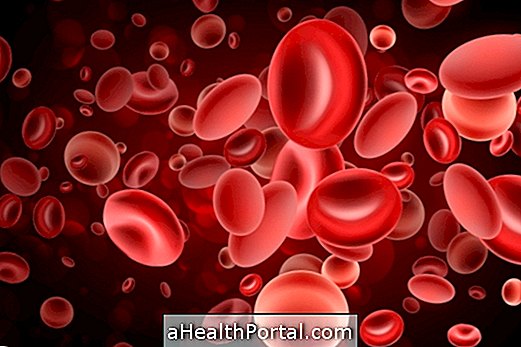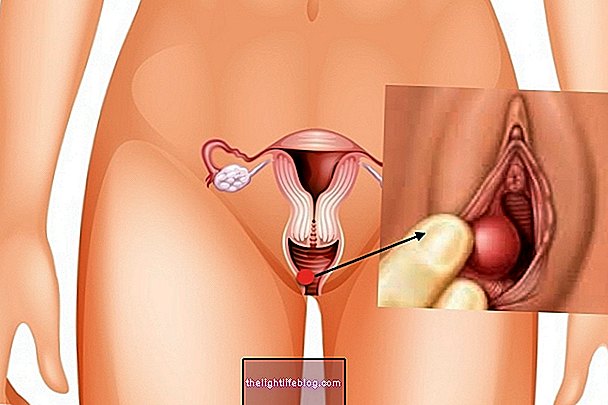Postpartum haemorrhage corresponds to excessive blood loss after delivery due to lack of contraction of the uterus after the baby leaves. Bleeding is considered when a woman loses more than 500 mL of blood after normal delivery or more than 1000 mL after cesarean section. Postpartum haemorrhage is the main complication during and after delivery, which can lead to shock and, consequently, death. Find out what are the leading causes of death in childbirth.
This type of bleeding occurs more often in women who have tried normal delivery for several hours but have had a cesarean section. However it can also happen in women who have a cesarean section already marked and have not yet entered labor.

Causes of postpartum haemorrhage
Some of the possible causes of postpartum haemorrhage are:
- Prolonged labor for more than 12 hours;
- Atonia uterine, which is the loss of the contracting capacity of the uterus;
- Great distension of the uterus during pregnancy of twins or more babies;
- Presence of myomas in the uterus, which hinders the contraction of the uterus during labor;
- Use of medications, such as muscle relaxant, or large amounts of magnesium during pregnancy;
- Wound in the womb caused by spontaneous labor;
- Difficulties in blood clotting.
When one or more factors are present the risk of postpartum hemorrhage is even greater.
Postpartum haemorrhage occurs due to the inability of the uterus to contract spontaneously after delivery of the placenta, leading to loss of significant amounts of blood. When more than 500 mL of blood is lost, the woman must be transfused so that the heart, lung, brain and kidneys are not affected by lack of blood and therefore oxygen.
Although it is more common during delivery, this bleeding can also occur until the first month after delivery, cases have remained traces of the placenta still glued to the uterus, however, the latter does not put the life of the mother at risk of death. See when to worry about postpartum bleeding.
How to avoid this hemorrhage
Although it is not possible to predict bleeding during delivery, it can be prevented by taking some steps, such as treating anemia during pregnancy, preparing for normal delivery through childbirth preparation and practice classes exercise during pregnancy to gain more stamina and for normal delivery to be faster.
In addition, it is important to only take the medications indicated by the doctor, the dosage and the time recommended by the obstetrician, also reading the package leaflet and noting if there are signs that something is not right before and during labor.

How is the treatment done?
The control of bleeding after childbirth is done by doctors through direct massage in the uterus and administration of oxytocin directly into the vein, as this hormone promotes contraction of the uterus. See the effects of oxytocin in the body.
In more severe cases, the midwife may choose to cut the arteries that irrigate the uterus or even withdraw it to control bleeding and save the woman's life.
After an episode of postpartum haemorrhage, it is normal for the woman to have anemia for a few more weeks, needing to take an iron supplement for a few months. The doctor may also ask the woman to receive a blood transfusion during hospitalization. Know in which situations blood transfusion is necessary.
How is recovery
Due to the great loss of blood, the woman may have anemia for a few weeks, and it is necessary to perform the treatment indicated by the doctor, which usually includes the increase of iron consumption. Among the symptoms of anemia are excessive tiredness and drowsiness, which can make it difficult to take care of the baby first in the home. Know the best foods for anemia.
Despite this, breastfeeding should not be impaired and all the mother's strength should be to feed herself and ensure her safety and also that of her baby. In addition, having someone at home to help make food, clean the house, and wash clothes can be essential to stay calm and have everything under control.
Warning signs to return to hospital
These are warning signs that should be investigated by the doctor:
- Fever;
- Intense abdominal pain;
- Fainting;
- Extreme weakness, difficulty standing or holding baby.
These signs may indicate that the woman is very weak, and the woman may need to be hospitalized for blood from the vein to restore the amount of iron and hemoglobin needed.
